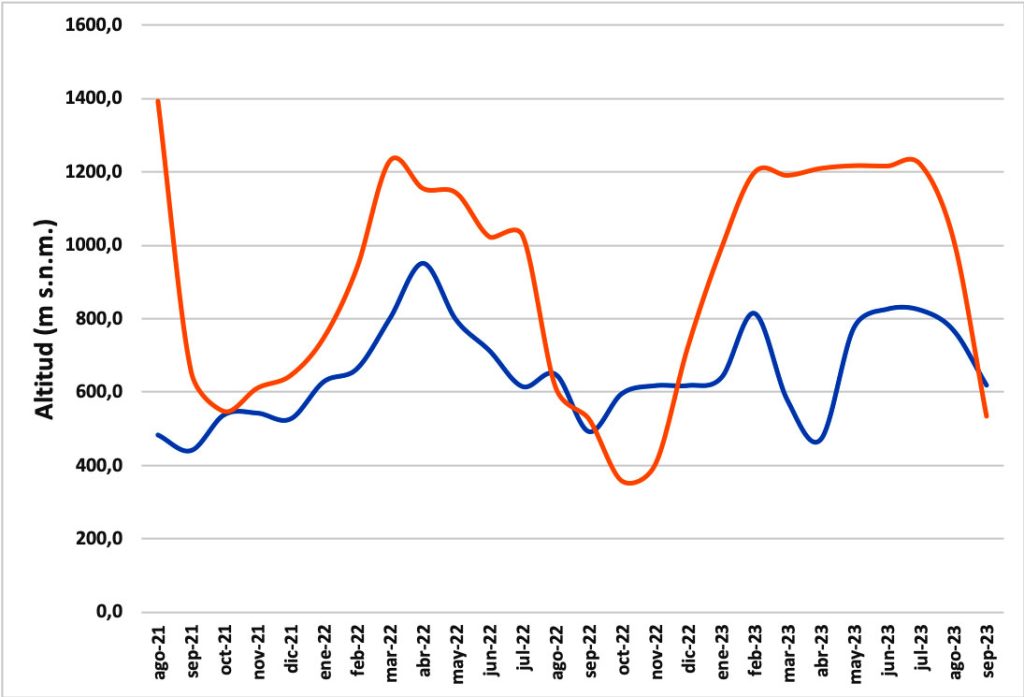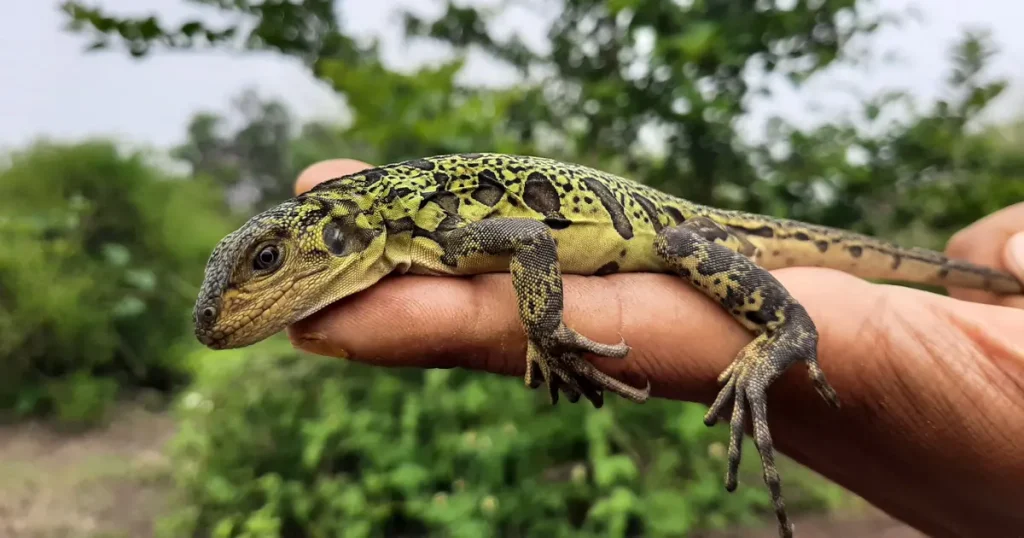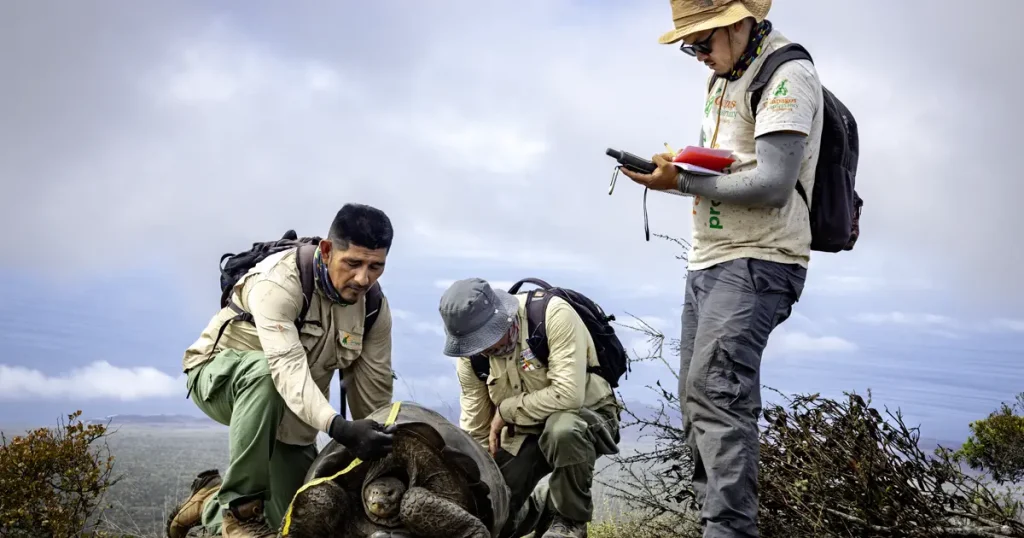Unveiling the Migratory Mysteries of Galápagos’ Giant Tortoises
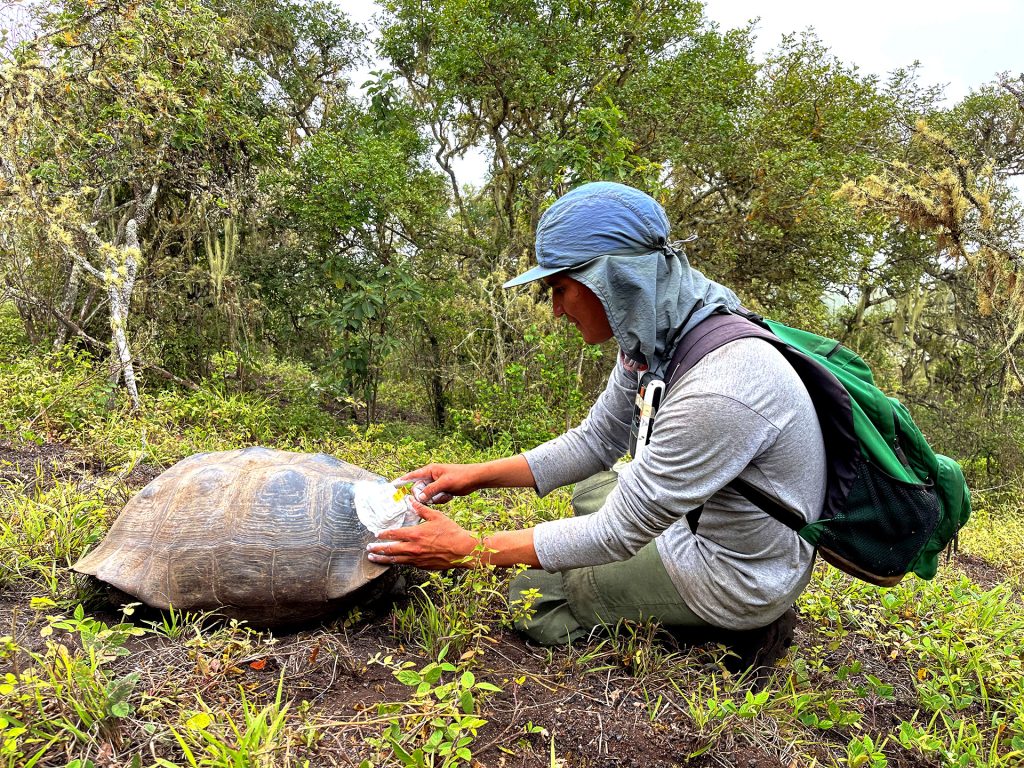
The iconic Galápagos giant tortoises, symbols of the archipelago, have fascinated scientists and nature lovers for centuries. Renowned for their impressive longevity and sheer size — tortoises can weigh over 550 pounds and live more than a century—their relaxed demeanor belies their ecological significance.
A Landmark Two-Year Study
In a groundbreaking study launched in August 2021, Galápagos Conservancy joined forces with the Galápagos National Park Directorate (GNPD) to monitor the migratory patterns of the giant tortoises (Chelonoidis becki) on Wolf Volcano, the archipelago’s highest peak, standing tall at about 5,600 feet. State-of-the-art satellite trackers were affixed to three male and three female adult tortoises.
This two-year exploration shed new light on their behavior, taking into account seasonal variations in factors such as rainfall, availability of food, and Wolf Volcano’s extreme temperature swings. The study also considered key biological rhythms, such as nesting periods.
The real-time data obtained from satellite tracking is of great help in directing our conservation efforts. It paints a vivid picture of how the tortoises relate to their environment and adapt across Wolf Volcano’s varied altitudes.
Revelations From the Slow Lane
Despite their languid pace, these tortoises embark on seasonal migrations between feeding areas in higher altitudes and nesting areas in arid zones. Their movements are directly influenced by the seasonality of Galápagos, but climate change is rewriting these age-old migration scripts, casting shadows on the future well-being and survival of the species.
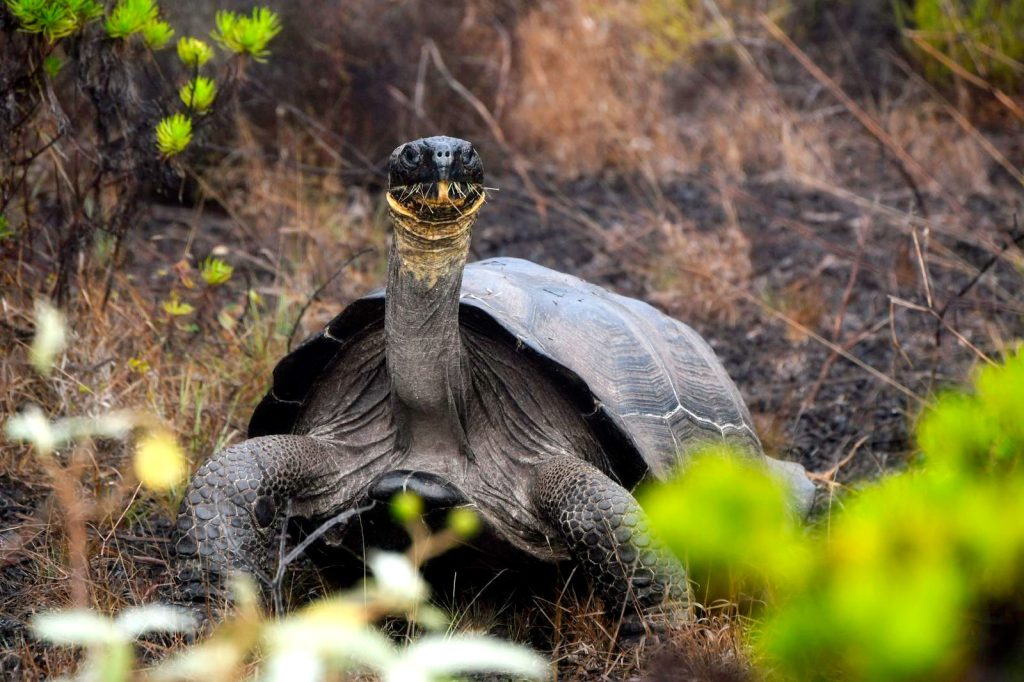
Beyond mere wanderers, giant tortoises are nature’s diligent gardeners. Through their diet of fruits and other plants, they seed diverse flora across the islands, fortifying Galápagos’ botanical health.
Dr. Jorge Carrión, our Director of Conservation, pointed out that their slow movement has a domino effect on the ecosystem. “Darwin’s Finches feed on the parasites that live on the skin and the shell of the tortoises. In addition, tortoises influence the structure of the landscapes where they choose to rest and even affect the distribution of other species,” he observed.
The study revealed that the tortoises on Wolf Volcano can traverse long distances of over 12 miles. Intriguingly, males and females chart distinct courses. Males venture to loftier altitudes of up to 3,940 feet and linger there, demanding more sustenance for their larger frames, while females typically stay within 2,625 to 2,950 feet of elevation.
Implications for Conservation
Understanding these behavioral nuances and ecological dynamics is critical for the conservation of giant tortoises, especially in an era marked by escalating human interventions and climate challenges. Ensuring unobstructed migration paths and nesting havens for these magnificent beings is paramount.
In unveiling the intricate tapestry of the daily lives of Galápagos giant tortoises, this study reinforces their pivotal role in the archipelago’s ecological balance, underscoring the urgency to protect both the tortoises and the unparalleled Galápagos ecosystem.
